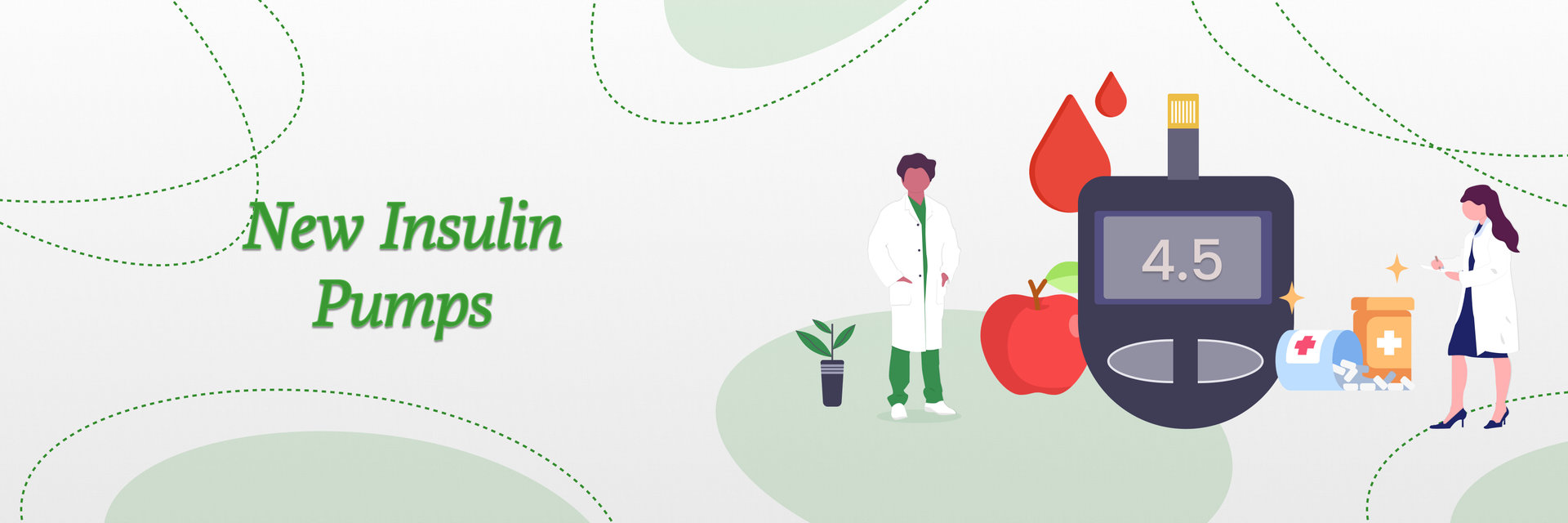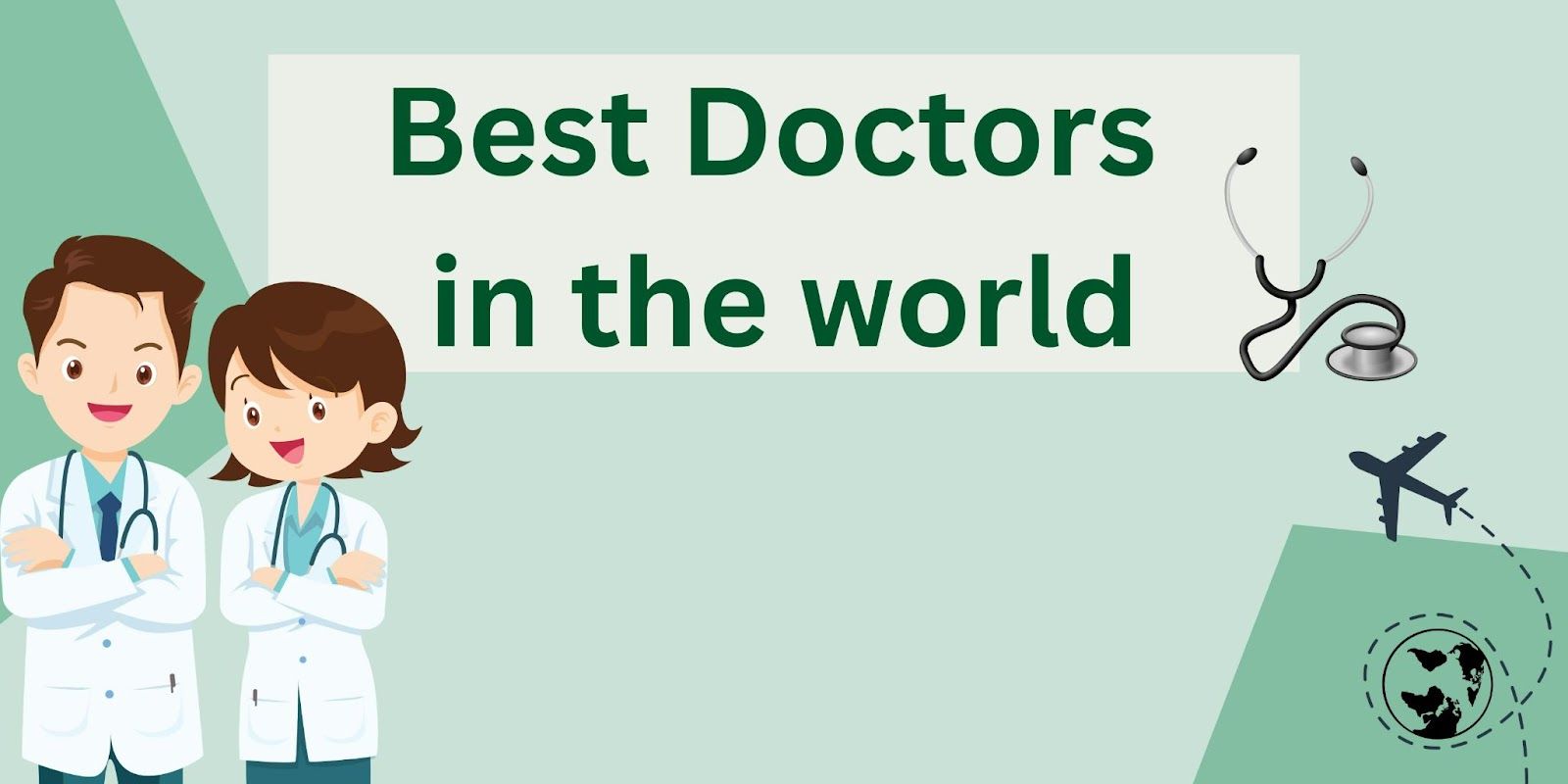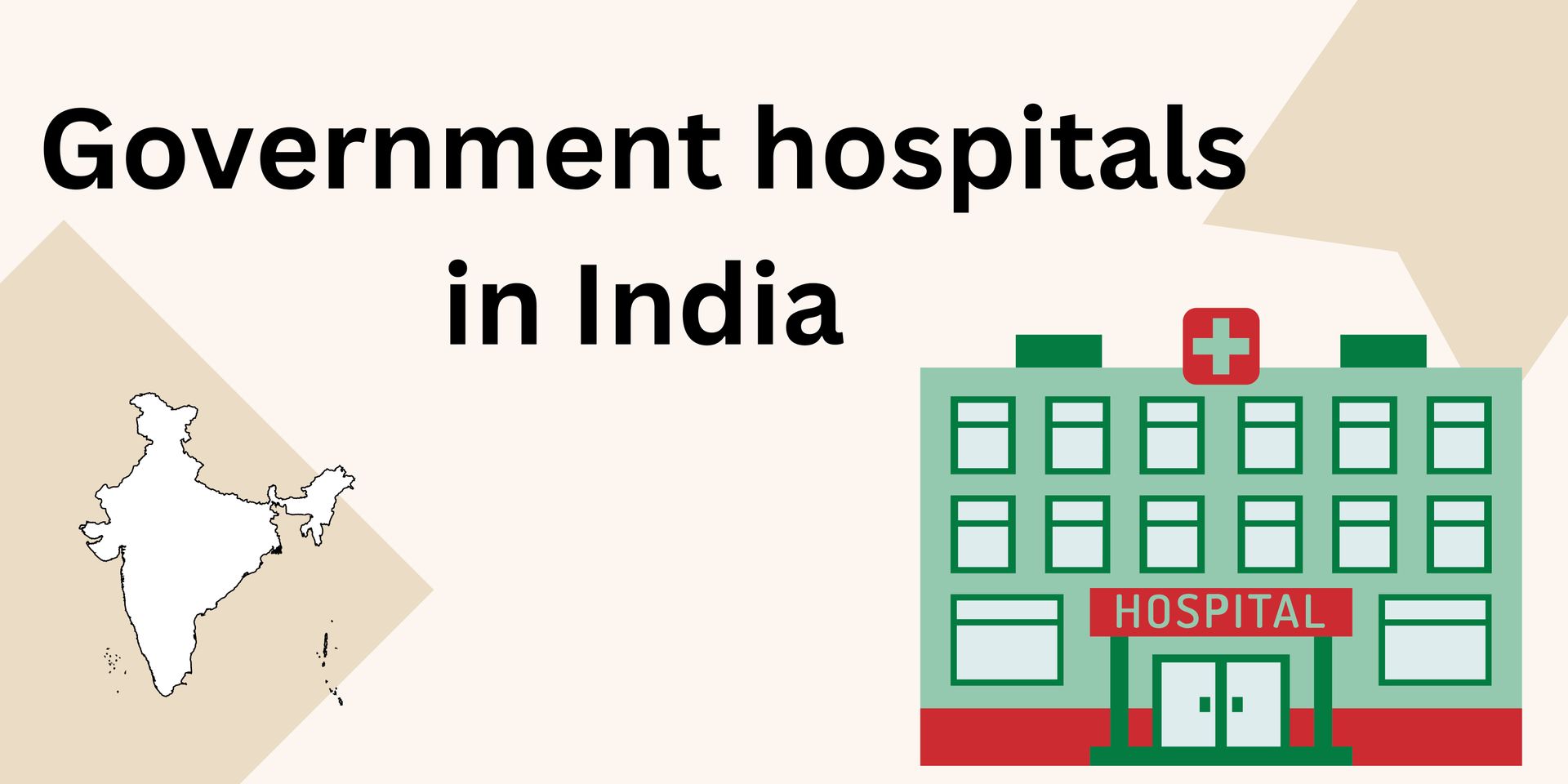Overview
The healthcare industry has undergone a significant shift in recent years, primarily driven by advancements in technology. With the rapid evolution of digital tools and the growing demand for more efficient and patient-friendly services, clinics are increasingly turning to technology to improve patient care, streamline operations, and enhance overall satisfaction. In this article, we'll explore the transformative role technology is playing in reshaping patient experiences in clinics.
The Rise of Digital Health Tools
Digital health tools are rapidly becoming a crucial part of modern healthcare. These tools, which include mobile apps, wearable devices, and health monitoring platforms, enable patients to track their health more accurately and interact remotely with their healthcare providers. By offering patients access to real-time health data, digital health tools empower individuals to take a more active role in managing their well-being.
Clinics are adopting these tools to create a more personalised approach to care. For example, patients can monitor their chronic conditions at home and share the data with their doctors, allowing for more informed decision-making. This not only improves patient outcomes but also promotes a proactive approach to health management.
Online Booking: Saving Time for Patients and Staff
Gone are the days when patients had to call a clinic and wait on hold to schedule an appointment. Online booking systems are now a standard feature in many healthcare settings, offering significant benefits to both patients and clinic staff.
For patients, online booking provides the convenience of scheduling appointments from the comfort of their homes or on the go, eliminating the need for time-consuming phone calls. These systems also allow patients to choose available time slots that fit their schedule, helping to reduce the frustration of long waiting times.
From a clinic's perspective, online booking systems streamline administrative tasks, reduce the burden on reception staff, and help maintain an organised calendar. By automating appointment scheduling and reminders, clinics can reduce missed appointments and optimise their schedules, leading to improved efficiency and patient satisfaction.
EMR Integration and Workflow Automation
The integration of Electronic Medical Records (EMR) into clinic operations has dramatically improved patient care and overall clinic efficiency. EMR systems digitise patient records, making them easily accessible to healthcare providers in real time. This enables doctors, nurses, and other healthcare staff to access up-to-date patient information, thereby reducing errors and improving the accuracy of diagnoses and treatments.
Furthermore, EMR systems can be integrated with other healthcare technologies to automate administrative tasks such as appointment scheduling, billing, and patient communication. By streamlining workflows, EMR integration saves time for clinic staff, allowing them to focus more on patient care. This results in smoother operations, reduced waiting times for patients, and an overall better clinic experience.
Real-Time Communication and Patient Satisfaction
Real-time communication technologies are revolutionising the way patients and healthcare providers interact. Features such as patient portals, messaging apps, and chatbots enable quicker responses to patient inquiries, thereby improving communication between patients and healthcare providers.
Patients no longer have to wait days for a response to their queries or prescription refills. Instead, they can reach out to their healthcare team through secure messaging systems or chatbots, which can provide immediate answers or direct patients to the appropriate resources. This accessibility and quick response time significantly enhance patient satisfaction and foster a sense of trust in the clinic's care.
Moreover, these tools help reduce the burden on clinic staff by automating routine communications, allowing them to focus on more complex tasks and in-person patient care.
Telehealth as the New Normal
One of the most notable transformations in patient experience has been the widespread adoption of telehealth services. For most, this includes coordinating personalized prescriptions through organizations such as Precision Medicine, making treatment easier to manage remotely. Telehealth enables patients to consult with healthcare providers remotely, eliminating the need for travel and providing greater convenience, especially for those in rural areas or with mobility issues.
As healthcare continues to evolve, launching a telehealth service,has become an essential move for clinics that want to stay competitive and meet the growing demands of patients.
Whether through video consultations, phone calls, or remote monitoring, telehealth has become an essential tool for both routine check-ups and follow-up care. The COVID-19 pandemic accelerated the adoption of telehealth, but even as the world reopens, its popularity continues to grow. Patients appreciate the flexibility and accessibility telehealth offers, and it has proven to be an effective way to manage both physical and mental health concerns.
For clinics, telehealth reduces the number of in-person visits, which can help reduce waiting room congestion and improve patient flow. It also provides an additional revenue stream for clinics that can offer remote consultations in addition to in-person appointments.
Conclusion: A Modern Clinic Needs Modern Tools
As technology continues to evolve, so too must the way clinics operate and interact with their patients. The integration of digital health tools, online booking systems, EMR integration, real-time communication, and telehealth services has already shown substantial benefits in enhancing the patient experience.
A modern clinic requires modern tools to meet the expectations of today's tech-savvy, time-conscious patients. By embracing these technological advancements, clinics can deliver more efficient, accessible, and patient-centred care, resulting in better outcomes and higher patient satisfaction.
As the healthcare landscape continues to change, those who adapt to these technological shifts will undoubtedly stay ahead, offering patients the best possible experience while optimising clinic operations.







